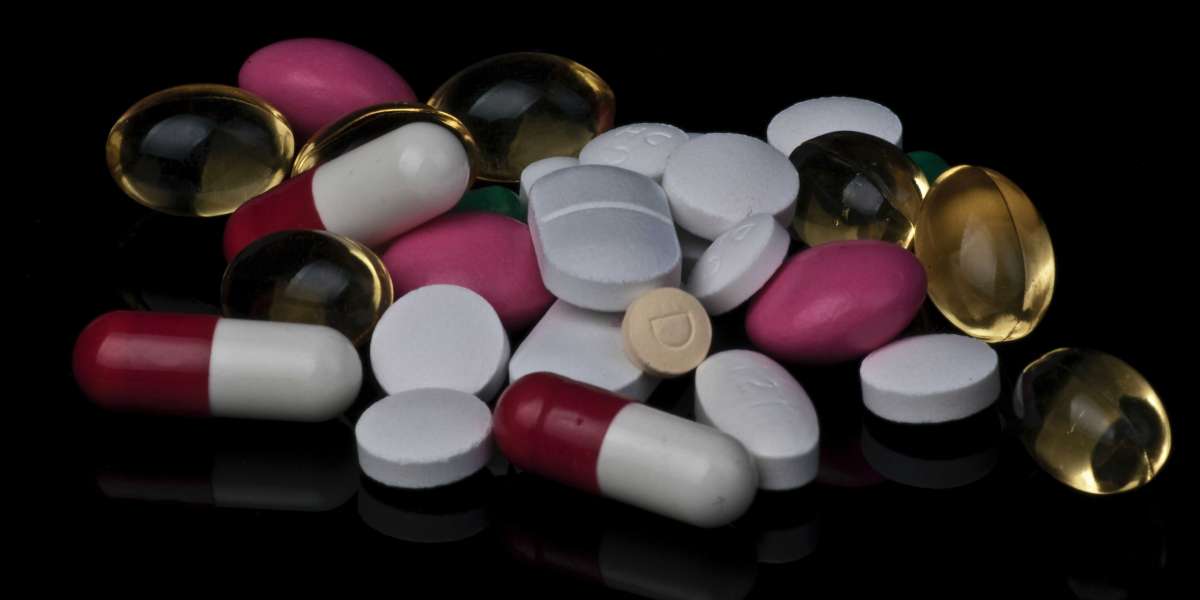Pizza, a universally adored dish, poses a unique challenge for individuals managing diabetes. The combination of dough, cheese, and various toppings can significantly impact blood glucose levels. However, with thoughtful modifications and mindful choices, it is possible to enjoy pizza without compromising glycemic control. This article explores strategies for savoring pizza responsibly while managing diabetes.
Understanding the Impact of Pizza on Blood Glucose
Pizza’s primary ingredients—white flour crust, high-fat cheese, and sugary sauces—can cause rapid increases in blood glucose levels. The refined carbohydrates in the crust are quickly broken down into glucose, leading to spikes in blood sugar. Additionally, the high fat content may slow digestion, causing a delayed blood sugar response. Understanding these effects is crucial for making informed choices.
Choosing the Right Crust
Whole Wheat and Alternative Crusts
Opting for whole wheat or alternative crusts can be beneficial for individuals with diabetes. Whole wheat crusts offer more fiber than traditional white flour crusts, which helps slow glucose absorption and can lead to more stable blood sugar levels. Alternative crusts made from cauliflower, almond flour, or chickpea flour are also excellent choices. These options often have lower carbohydrate content and can provide additional nutrients.
Portion Control
Another important strategy is controlling portion size. A standard pizza slice contains a significant amount of carbohydrates, so consuming smaller portions can help manage blood sugar levels. Pairing pizza with a side of non-starchy vegetables or a salad can enhance satiety while reducing the overall carbohydrate load of the meal.
Selecting Healthier Toppings
Lean Proteins
Choosing lean protein toppings, such as grilled chicken, turkey, or tofu, can provide essential nutrients without excessive saturated fat. Lean proteins can also contribute to a more balanced meal, helping to stabilize blood sugar levels.
Vegetables
Incorporating a variety of vegetables as toppings can add fiber, vitamins, and minerals while keeping the carbohydrate content in check. Vegetables such as bell peppers, mushrooms, onions, and spinach not only enhance the flavor and nutritional value of the pizza but also contribute to better glycemic control.
Cheese Options
Cheese is a staple ingredient in pizza, but its fat content can influence blood sugar levels. Opting for reduced-fat cheese or using less cheese overall can help manage fat intake while still enjoying the creamy texture. Additionally, some cheese varieties have lower carbohydrate content and can be a better choice for diabetics.
Sauce Considerations
Low-Sugar Sauces
Traditional pizza sauces often contain added sugars, which can contribute to blood glucose spikes. Selecting or preparing low-sugar or sugar-free sauces can mitigate this effect. Tomato-based sauces with minimal added sugar are generally a better choice. Alternatively, pesto or olive oil-based sauces can provide a flavorful, lower-carb option.
Homemade Sauces
Making pizza sauce at home allows for complete control over ingredients. Using fresh tomatoes, herbs, and spices can create a flavorful sauce without unnecessary sugars or preservatives. Homemade sauces also enable the use of beneficial ingredients such as garlic, which has been associated with improved glycemic control.
Balancing Your Meal
Pairing with Low-Carb Foods
To balance the carbohydrate content of a pizza meal, consider pairing it with low-carb foods. A side salad with a variety of non-starchy vegetables and a light vinaigrette can provide fiber and essential nutrients while keeping the meal balanced. This approach helps manage overall carbohydrate intake and promotes better blood sugar control.
Monitoring Blood Sugar
Regular monitoring of blood glucose levels is crucial when incorporating pizza into your diet. Testing blood sugar before and after eating pizza while in diabetes can provide valuable insights into how different types of pizza affect your glucose levels. This information can guide future choices and adjustments to ensure optimal glycemic control.
Enjoying Pizza Responsibly
Mindful Eating
Practicing mindful eating can enhance the enjoyment of pizza while supporting diabetes management. Pay attention to portion sizes, savor each bite, and avoid overeating. Eating slowly and focusing on the sensory experience of the meal can help prevent excessive consumption and support better blood sugar control.
Frequency and Moderation
Pizza can be enjoyed as an occasional treat rather than a regular part of the diet. Moderation is key, and incorporating pizza into a balanced diet on a limited basis can help prevent negative impacts on blood glucose levels. Planning ahead and making informed choices can allow you to enjoy your favorite dish without compromising your health.
Conclusion
While pizza presents challenges for individuals managing diabetes, thoughtful strategies can make it possible to enjoy this beloved dish responsibly. By choosing healthier crust options, selecting nutritious toppings, using low-sugar sauces, and practicing portion control, you can savor pizza while maintaining blood glucose stability. Regular monitoring of blood sugar levels and mindful eating practices further support effective diabetes management. With these strategies, you can continue to enjoy pizza as part of a balanced and health-conscious lifestyle.






